Planting Site Basics
Planting Site: Mahabana
Country: Madagascar
Forest Type: Mangrove
Site Status: Active
Planting partner: Eden Reforestation Projects
Where Are We Planting?
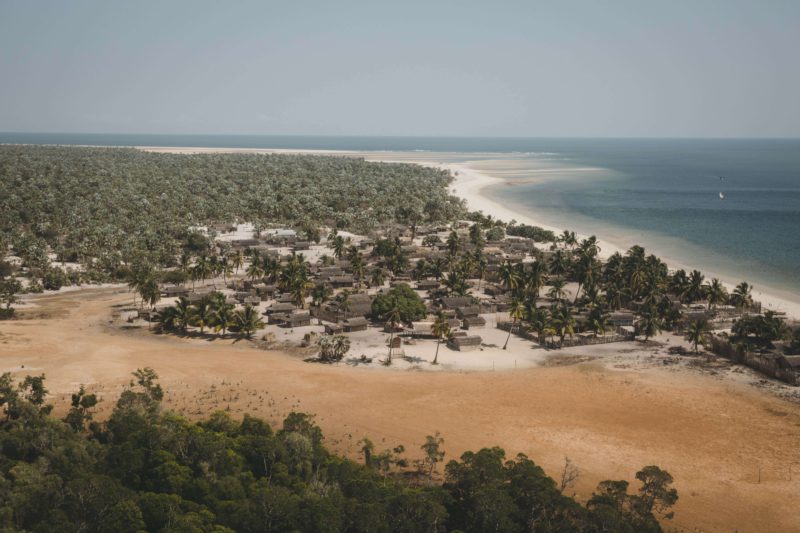
Our planting site is located in the Mahabana Estuary. Located just east of Cape Saint Andre, the town of Mahabana sits between the Indian Ocean and a vast network of mangrove channels.
What Trees Are We Planting?
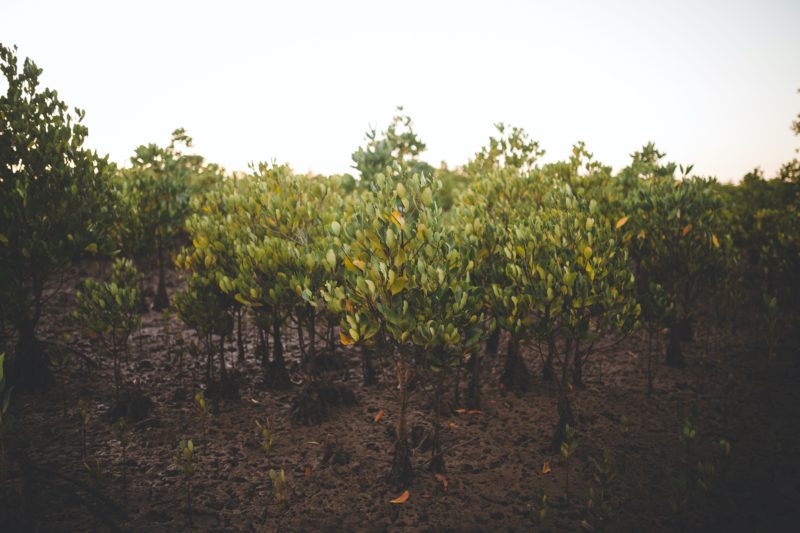
Mangroves are a unique tree that can grow in salt water in intertidal zones (where the ocean meets land between high and low tides). They have special roots that allow them to cope with changing water levels and get oxygen to their roots while being submerged. Some mangroves have stilt roots that stick up above the water, and others have “pneumatophores” — root structures that grow vertically out of the ground so that part of the root remains exposed even at high tide.
Mangroves also have adaptations to deal with salt. Some excrete the salt through their leaves allowing it to crystallize on the leaf surface, and others have filtration systems that allow the roots to take in the water but not the salt.
Madagascar contains about 2% of the world’s mangrove trees. These mangroves are found primarily along the western coast and occupy a 1,000 km stretch of coastline. They occur in tidal flats in estuaries where freshwater rivers bring silt that gets deposited along the coast. Mangroves are often associated with coral reefs, which protect the mangroves from ocean swells. In Mahabana, a variety of native mangrove species are planted, including Avicennia marina, Rhizophora mucronata, Ceriops tagal, and Bruguiera gymnorrhiza.
Who’s Planting With Us?
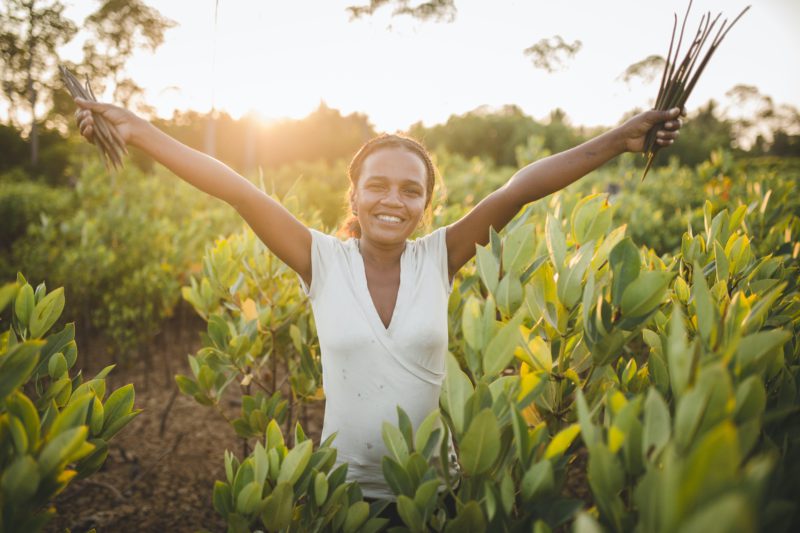
We’ve partnered with Eden Reforestation Projects, which works with an “Employ to Plant” method to provide employment and income to local communities through tree planting. They focus on creating initiatives that create successful reforestation, and foster community growth and development for long term environmental and social benefits.
Why Plant Mangrove Forests In Mahabana?
Mangrove forests are extremely effective in sequestering carbon in the thick soils of their roots. Mangroves sequester up to 4 times more carbon than any other tree species — they’re actually referred to as “The Super Tree”.
Their massive roots systems also serve as a buffer to the coastline, preventing erosion and providing protection from storms. Not only are these trees instrumental in protecting the planet from climate change, they’re also critical to the everyday lives of the local coastal communities.

The mangrove estuary is an important fishing ground for local Malagasy people. These communities rely on fishing to feed their families and generate income.
Mangrove trees planted in coastal regions have shown to be especially vital to many wildlife habitats, including fish, crab, and shrimp that live in their intricate root systems. Studies also show that neighbouring coral reefs associated with mangroves can harbour incredibly high fish, mollusk and crustacean diversity.
Replanting the mangrove forests is an important step towards restoring fish habitats, and increasing the fish population for locals.
75% of the population in Madagascar is living below the extreme poverty line ($1.90 per day). Often very rural communities see much higher rates and effects of poverty due to their isolation and lack of access to resources.
The Mahabana Estuary is one of the most rural planting sites Eden Reforestation works with in Madagascar. A rapidly growing population and poor governance have left these communities in poverty with few options to turn to other than overharvesting the mangrove forests for building materials, charcoal, and clearing for agriculture and aquaculture.
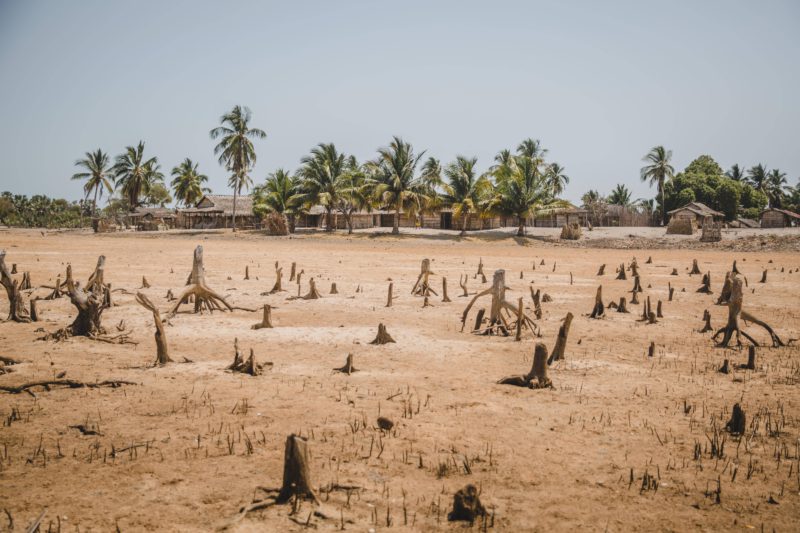
As the Mahabana estuary lost much of its mangroves, massive erosion started to wash away the peninsula and the eroding topsoil was filling the bay with sediment. The ecosystem was in critical condition, leaving local villagers with less resources and more exposed than ever.
The loss of mangroves also caused local fishermen to catch fewer and fewer fish. The waters became empty and people found themselves unable to afford their own fishing equipment. This led to a wealthier group of “fish lords” owning all of the fishing equipment and renting it out to poorer fishers at steep prices.
It’s an unwritten local rule that fishermen who rent fishing equipment are paid fairly for the fish they catch. Unfortunately, when the fish lords had a monopoly on the necessary equipment, they rewrote the rule.
Not only would the fishermen have to pay for the equipment, but the fish they sold to the fish lords was purchased at half (or less than half) as much as what used to be the fair price. This led to a debt crisis in coastal communities of Madagascar, where fishermen would owe more and more debt to fish lords.
Planting mangroves in these communities has a two fold impact to help break fishers out of that cycle of debt and poverty. Tree planting provides new jobs in these communities, creating opportunities to earn income. Plus, replanting the mangrove ecosystems creates homes for the fish and allows their population to recover. That means fishermen are able to catch more fish, get out of debt, and purchase their own equipment.
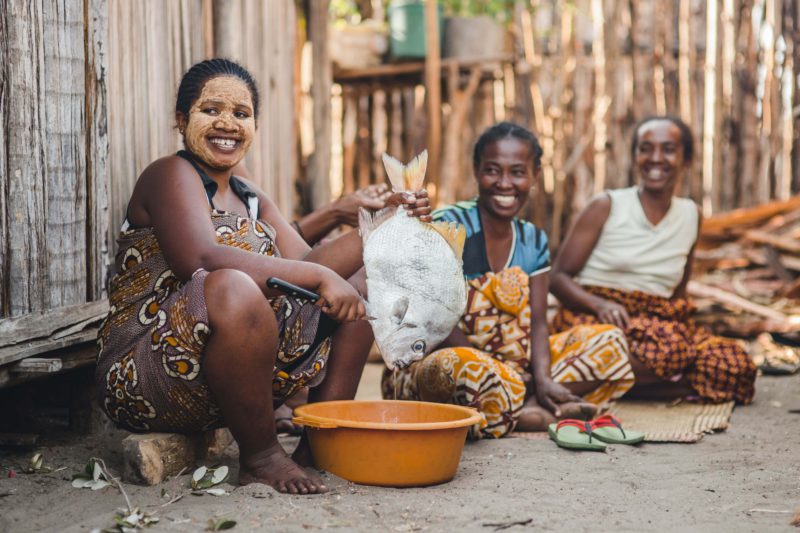
What’s The Impact?
Environmental:
- Provide stability for the land and protect against coastal erosion.
- Create a buffer to protect from storm destruction.
- Protect biodiversity through restoring and expanding habitat.
- Restore underwater habitat and revitalize fish populations.
- Prevent further deforestation and encourage land stewardship through involving locals in reforestation.
- Sequester carbon to help combat climate change.
Social:
- Provide steady employment and income to those who had little or no income. Positions at this site include planters, and site managers.
- Lift individuals out of modern day slavery and alleviate poverty.
- Empower the local community to reforest their community land.
- Steady income allows local Eden workers to:
- Improve health and wellness. Families can afford healthcare and to improve their diets with more nutritious and varied food.
- Upgrade their standard of living. Locals can now buy simple items that significantly improve their quality of life, such as beds, mattresses, solar panels, and radios.
- Invest in education. Families have the ability to pay for school fees and send their children to school.
- Invest in the Future. Locals are empowered to put aside savings, start microenterprises to diversify their income opportunities, plan for the future and work towards purchasing land and building houses that will be a legacy for their children.
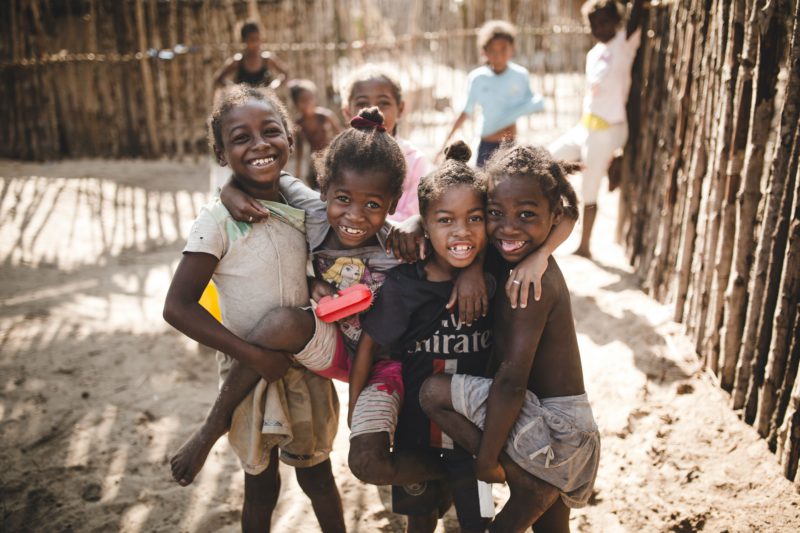
Related UN Sustainable Development Goals (SDGs)
The UN’s Sustainable Development Goals (SDGs) are a collection of 17 interlinked global goals that are a “blueprint to achieve a better and more sustainable future for all.”
Here are the SDGs that we’re addressing in our Mahabana site:
#1 No Poverty: End poverty in all its forms everywhere
#2 Zero Hunger: End hunger, achieve food security and improved nutrition, and promote sustainable agriculture
#3 Good Health and Well-being: Ensure healthy lives and promote well-being for all at all ages
#4 Quality Education: Ensure inclusive and equitable quality education and promote lifelong learning opportunities for all
#5 Gender Equality: Achieve gender equality and empower all women and girls
#6 Clean Water and Sanitation: Ensure availability and sustainable management of water and sanitation for all
#8 Decent Work and Economic Growth: Promote sustained, inclusive and sustainable economic growth, full and productive employment and decent work for all
#13 Climate Action: Take urgent action to combat climate change and its impacts by regulating emissions and promoting developments in renewable energy
#15 Life on land: Protect, restore and promote sustainable use of terrestrial ecosystems, sustainably manage forests, combat desertification, and halt and reverse land degradation and halt biodiversity loss
Want to see where your trees are planted? Register your trees now.

